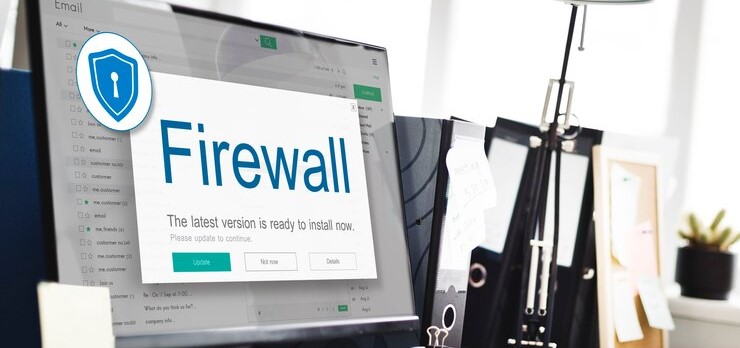Firewall Security Enhancement
The Firewall Security Enhancement Project aims to strengthen network security by optimizing and upgrading firewall configurations. This involves analyzing current firewall settings, applying security patches, updating rules and policies, and ensuring the firewall effectively protects against external threats. In the context of enhancing firewall security, TechVue360 encounters several challenges related to finding, managing, and reporting on technicians. Here’s a detailed look at these challenges:
1. Sourcing and Recruiting Skilled Technicians
Challenge: Finding technicians with the specialized skills required for firewall security enhancement can be challenging. The technicians need expertise in firewall management, security protocols, and the latest threat detection technologies.
Details:
- Skill Requirements: Identifying candidates with specific skills in firewall configuration, optimization, and security.
- Certifications: Ensuring technicians hold relevant certifications, such as CISSP, CISM, or vendor-specific certifications.
- Experience Levels: Recruiting professionals with hands-on experience in managing and upgrading firewalls.
- Availability: Coordinating the availability of skilled technicians to match project timelines and urgent requirements.
- Geographic Constraints: Finding local technicians or arranging for travel if required.
2. Coordinating Technicians Across Projects
Challenge: Effectively coordinating the efforts of multiple technicians working on different aspects of firewall enhancement requires meticulous planning and management.
Details:
- Task Allocation: Assigning specific tasks related to rule optimization, policy management, and patch application based on each technician’s expertise.
- Scheduling: Managing schedules to ensure that all tasks are completed on time and in alignment with the overall project plan.
- Resource Allocation: Providing technicians with the necessary tools and resources to perform their tasks effectively.
- Communication: Ensuring clear and consistent communication among team members to maintain project coherence.
- Issue Resolution: Addressing any conflicts or issues that arise during the project.
3. Continuous Monitoring and Reporting
Challenge: Keeping clients informed with accurate and timely updates about the progress of firewall enhancements, including any issues or changes, requires diligent reporting practices.
Details:
- Progress Updates: Providing detailed reports on the status of firewall enhancements, including completed tasks and ongoing activities.
- Performance Metrics: Reporting on key performance indicators, such as network performance and security effectiveness.
- Issue Tracking: Documenting and communicating any issues encountered during the enhancement process and the steps taken to resolve them.
- Client Meetings: Scheduling regular meetings with clients to review progress and address any concerns or questions.
- Documentation: Ensuring that all changes, updates, and configurations are thoroughly documented and available for client review.
4. Managing Technicians’ Performance
Challenge: Ensuring that technicians adhere to high standards of performance and quality throughout the firewall enhancement project involves ongoing oversight and support.
Details:
- Quality Assurance: Implementing checks and reviews to ensure that all firewall configurations and updates meet required standards.
- Performance Monitoring: Regularly assessing technician performance and addressing any deviations from expected quality.
- Feedback Collection: Gathering feedback from clients and team members to evaluate technician effectiveness.
- Training Needs: Identifying and addressing any skills gaps or training needs for technicians to enhance their performance.
- Motivation and Support: Keeping technicians motivated and supported to maintain high levels of productivity and quality.
5. Ensuring Effective Change Management
Challenge: Implementing changes to firewall configurations and policies without disrupting network operations or causing unintended consequences requires careful change management.
Details:
- Change Scheduling: Planning and scheduling changes to minimize downtime and disruption to network services.
- Impact Assessment: Assessing the potential impact of changes on network performance and compatibility with existing applications.
- Testing: Conducting thorough testing of new configurations and policies before full deployment.
- Rollback Procedures: Preparing rollback procedures in case of issues with the new configurations.
- Documentation: Maintaining comprehensive documentation of all changes and their impact on the network.
6. Addressing Compliance and Security Standards
Challenge: Ensuring that all firewall enhancements comply with industry security standards and best practices is essential for maintaining network security and integrity.
Details:
- Regulatory Compliance: Verifying that all firewall configurations and updates adhere to relevant regulatory requirements.
- Best Practices: Following industry best practices for firewall management and security.
- Audit Readiness: Preparing for and managing any audits or inspections related to firewall configurations.
- Continuous Improvement: Implementing feedback and lessons learned to continually improve firewall security practices.
- Risk Management: Identifying and mitigating risks associated with firewall changes and updates.
